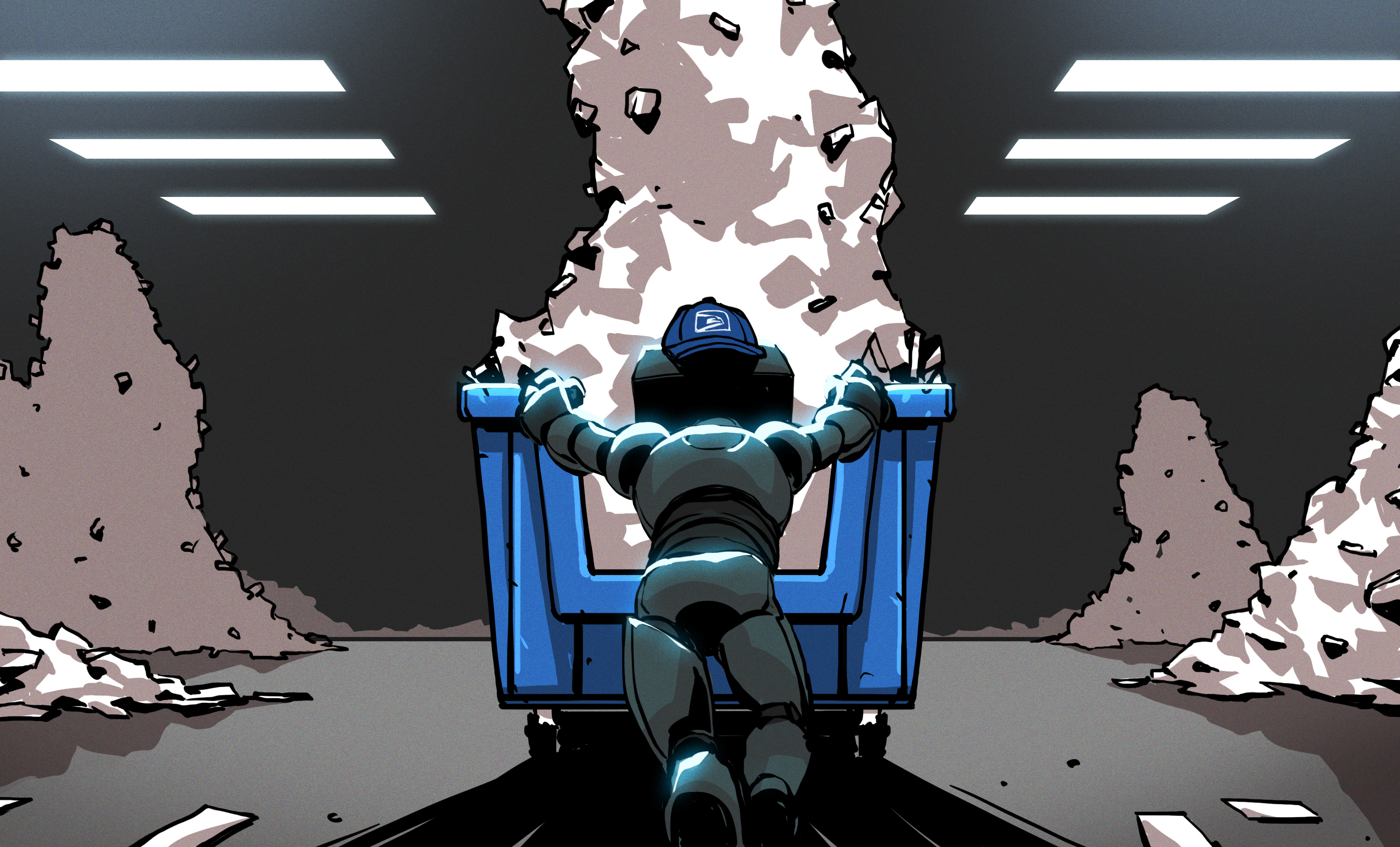You’ve Got Mail: Sorting and the USPS [Hackaday]

Snail mail. You may not think much of it these days, but the mail doesn’t stop and it never has. Every type of mail from postcards and letters to large envelopes and packages of all sizes moves every single day all over the US, even though it isn’t typically delivered on Sundays. Dealing with the ever-increasing volume of physical mail has called for the invention and evolution of automatic mail sorting machines that are used by both postal facilities and businesses alike.
While mail sorting machines have grown and matured over the years, the human element of the task remains intact. As long as people type addresses, write them by hand, and/or print them in handwriting fonts by the hundreds, there will need to be humans on hand to verify at least a few of them that are really hard to read.
There are roughly a dozen different types of mail sorting machines in 2023. In this series, we’re going to take a look at most of them, along with many other aspects of the United States Postal Service and its history.
Don’t Pigeon-Hole Postal Employees

As you may have guessed, mail was once sorted entirely by hand. This was accomplished using pigeon-hole message boxes — a system of cubbies, like you might see in a university office. On a larger scale, the task was broken into a hierarchy of sorting stations across the nation.
At a smaller station, a sorter might fill the cubbies based on delivery routes. Larger sorting stations had many more potential routes, so mail might be sorted by the state it is headed for, or if already there, the city. Mail would travel this system of sorting stations all the way down to the local post office, where sorters then delineate by delivery route.
This system has its limits — the sorter’s memory, for one, along with the length of their arms. It may be surprising, but that’s how it was done for much of the 20th century, until the first automated sorting machine — Transorma — was created.
Automatic for the People
While some early mechanical mail sorting equipment was realized and tested in the 1920s, the first real sorting machine was the Transorma, named so for ‘TRANsport and SORting’ plus the last names of the inventors, Marchland and Andriessen. It was built by a Dutch heavy industrial concern called Werkspoor.

Transorma was the first of it’s kind — a large scale, multi-position sorting machine. The point was to assign more pigeon holes per sorter by way of of mechanical switching, and end up with ultimately much larger cubbies as a result of the magic of machinery.
First, a sorter would read the address and use a keyboard to select a routing code, which was then printed in colored ink on the front. This allowed aother sorter to route it by hand later on. The machine used the typed code to program its switches, then shuffled it off to the right bin. While the Transorma could potentially have n bins, most of them had either 250 or 300. There were also single-user machines that used a different type of sorting mechanism.
How It Worked
The big Transormas were two-story affairs, with sorting stations on top and bins along the bottom. In operation, mail rode a conveyor belt from the bottom up to the sorting stations, where letters would be extracted from the belt and queued up for each sorter to add the two-digit routing code manually, by memory.

The code was printed at 90 degrees opposite the address on the front of the envelope. The letter was then dropped through the sorting machine and onto spinning wheels that moved it along to the bin area. Then, mechanical shutters corresponding to the routing code would open, allowing the letter to fall into the correct bin. The Transorma could sort 15,000 letters per hour, which, astonishingly, is just double the rate that sorters could do it manually.
The single-user Transormas were only one floor, with the sorter sitting at one end. Once coded, the letters rode a conveyor system that ran above the bins and dropped them into the correct bins. The first and only US post office to install a Transorma opted for the 5/300 model, which means that it supported 5 sorters and 300 total bins. The machine was launched on April 10, 1957 in a post office of Silver Spring, Maryland.
But Wait, There’s More
While the story of postal automation starts with Transorma, it certainly doesn’t end there. Stay tuned for more about various types of sorting machines, automated post offices, and advancements such as ZIP codes, OCR machines, and fully automated post offices, plus a little bit of postal trivia.

![you’ve-got-mail:-sorting-and-the-usps-[hackaday]](https://i0.wp.com/upmytech.com/wp-content/uploads/2023/07/132552-youve-got-mail-sorting-and-the-usps-hackaday-scaled.jpg?resize=800%2C445&ssl=1)